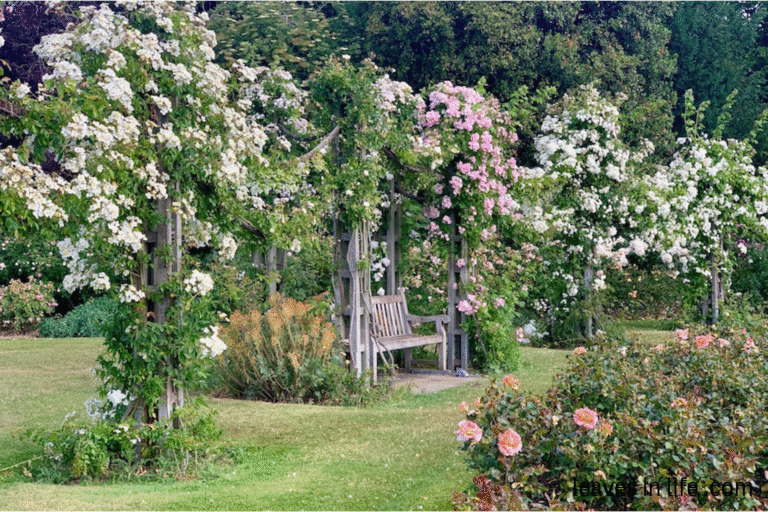Did you know that white spruce trees can live for over 200 years, making them a fantastic addition to any garden? These resilient evergreens not only add beauty and character but also provide essential habitat for wildlife and improve air quality. In this article, we’ll explore the many reasons why white spruce planting is perfect for your garden, from their adaptability to various soil types to their stunning year-round foliage. By the end, you’ll understand how these majestic trees can enhance both your landscape and your local ecosystem.
White Spruce Planting Made Easy – Choosing the Perfect Spot
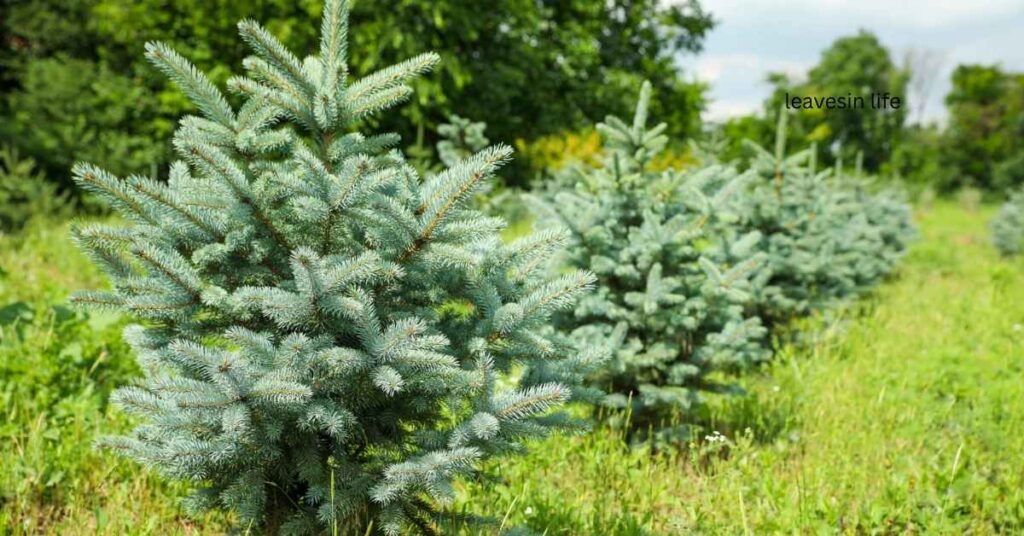
Sunlight requirements for healthy spruce growth
- White spruce planting is most successful in full sun, as these trees require at least six hours of direct sunlight daily to flourish.
- This exposure not only boosts their growth but also enhances their natural resistance to pests and diseases.
- Choose a proper place for planting where there is sunlight so that the plants can grow well.
- If you’re in a region with intense summer heat, consider a spot that offers some afternoon shade to prevent stress during peak temperatures.
Soil Conditions That Support Successful White Spruce Planting
- The ideal soil for white spruce trees is well-draining and slightly acidic, with a pH between 5.0 and 6.5.
- Sandy loam is often the best choice, as it provides good drainage while retaining some moisture. Before planting, it’s wise to conduct a soil test to assess nutrient levels and acidity.
- Applying fertilizer improves the soil, meaning its health gets better and fertility increases. Fertilizer is essential for the healthy growth of white spruce.
- Avoid heavy clay soils that can retain too much water, leading to root rot and other issues.
Why Spacing Matters for Long-Term Success
- Proper spacing is crucial for the long-term health of white spruce trees. When planting, aim for a distance of 10 to 15 feet between each tree, allowing ample room for their branches and roots to expand.
- This spacing not only promotes airflow, reducing the risk of fungal diseases, but also ensures that each tree receives adequate sunlight and nutrients from the soil.
- As they mature, crowded trees may compete for resources, leading to stunted growth.
White Spruce Planting the Right Way
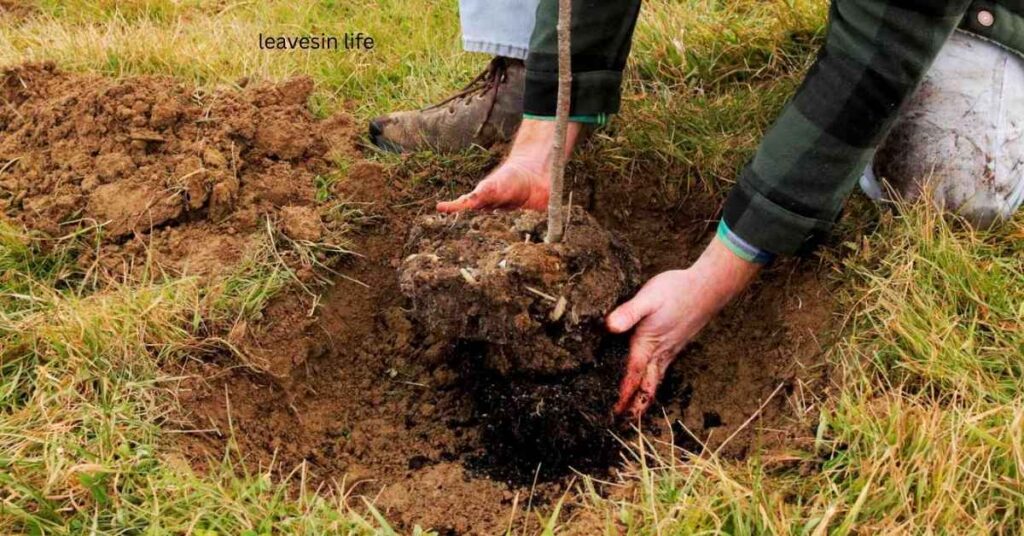
Digging the hole – depth and width explained
- When it comes to white spruce planting, the size of the hole is crucial for ensuring healthy growth and long-term success. Ideally, the hole should be about 2 to 3 times wider than the root ball, allowing ample space for roots to spread out.
- Depth is equally important, it should be slightly shallower than the root ball itself. This prevents water from pooling around the trunk, which can lead to rot.
- Remember, the goal is to create a cozy environment that mimics the tree’s natural habitat, encouraging robust growth.
Setting the root ball correctly
- Once you’ve dug your hole, it’s time to carefully place the root ball. Gently remove the tree from its container, being cautious not to damage the roots.
- Position the root ball so that the top of it is level with or slightly above the surrounding soil, this prevents water from pooling around the trunk and encourages healthy growth.
- After placing the tree, backfill with the original soil, ensuring there are no air pockets that could hinder root development.
Mulching Tips for Better Protection
- Mulching is an often-overlooked step that can make a world of difference for successful white spruce planting.
- A layer of organic mulch, about 2-4 inches thick, not only helps retain moisture but also regulates soil temperature and suppresses weeds.
- When applying mulch, keep it a few inches away from the trunk to avoid rot and pest issues. As the mulch breaks down, it will enrich the soil, giving your tree a nutrient boost as it establishes itself.
- Embracing these small yet significant practices can lead to a thriving white spruce that beautifies your landscape for generations to come.
Watering and Mulching Secrets for Healthy Growth
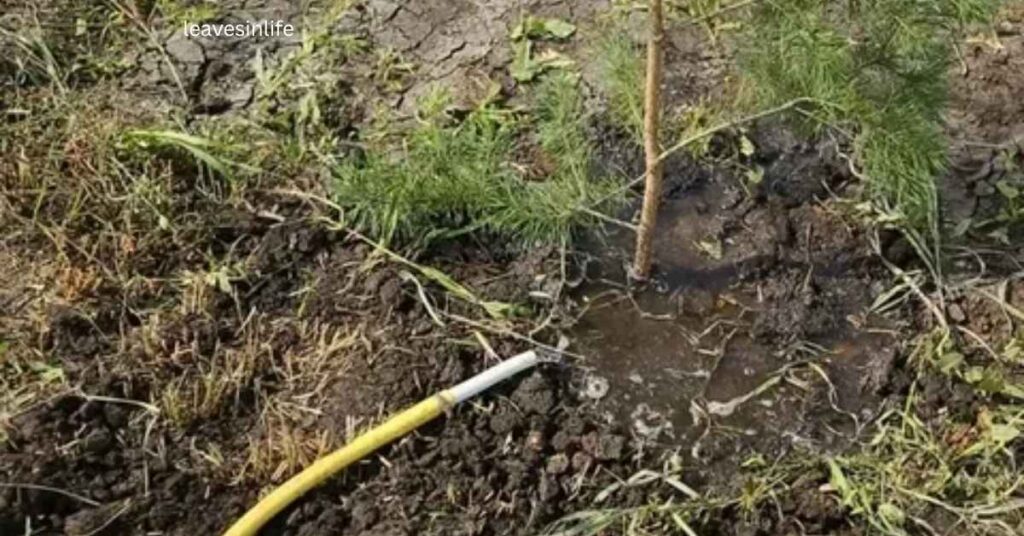
The ideal watering routine for young trees
- When it comes to nurturing young White Spruce trees, establishing a consistent watering routine is crucial. Newly planted trees need a deep soak rather than just a sprinkle on the surface.
- Aim for about 10 to 15 gallons of water per week during the growing season, adjusting based on rainfall and temperature.
- Watering early in the morning allows the tree to absorb moisture before the heat of the day, reducing evaporation and ensuring that roots receive the hydration they need to thrive.
Deep watering vs. frequent light watering
- Deep watering encourages roots to grow deeper into the soil, promoting stability and resilience as the tree matures.
- Frequent light watering may keep the surface moist, but it can lead to shallow root systems that are vulnerable to drought and disease.
- Instead, focus on a less frequent schedule that delivers ample water directly to the root zone. This method not only strengthens your White Spruce but also enhances its ability to withstand changing weather conditions, fostering a more robust and healthy tree overall.
Benefits of organic mulch around spruce trees
- Adding organic mulch around your White Spruce provides a host of benefits that go beyond aesthetics.
- Mulch acts as a natural insulator, regulating soil temperature and retaining moisture, which is especially beneficial during hot summer months.
- Additionally, as the mulch breaks down, it enriches the soil with nutrients, promoting healthier growth.
- By suppressing weeds, organic mulch also minimizes competition for resources, allowing your young spruce to flourish without unnecessary stress.
Feeding Your Spruce – Fertilization and Soil Care
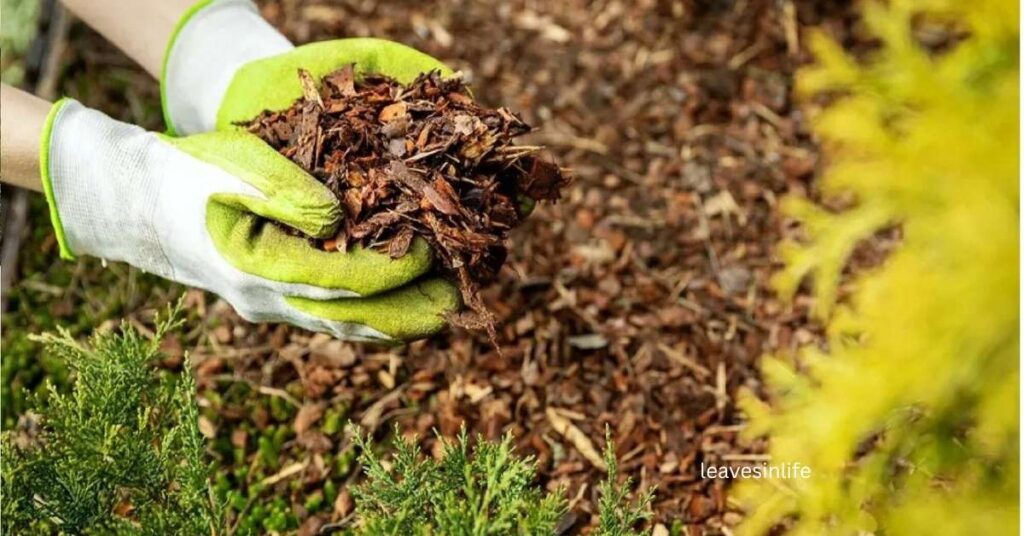
Best time of year to fertilize spruce trees
- Timing is crucial when it comes to feeding your spruce trees.
- The best time to fertilize white spruce is in early spring, just as they begin to break dormancy. This allows the nutrients to be available when the trees are actively growing and can efficiently absorb them.
- However, if you’re planting new white spruce, consider incorporating a slow-release fertilizer into the soil at the time of planting.
- This approach not only supports initial growth but also establishes a nutrient-rich environment that promotes healthy root development.
Balancing soil pH and nutrients
- Maintaining a balanced soil pH is essential for the health of your spruce trees.
- Ideally, spruce prefer slightly acidic soils with a pH between 5.0 and 6.5. Regularly testing your soil can help you understand its current condition, allowing you to make informed adjustments.
- If your soil is too alkaline, consider adding elemental sulfur or organic matter like compost to lower the pH gradually.
- Additionally, supplementing with a balanced fertilizer rich in nitrogen, phosphorus, and potassium will ensure that your spruce gets the nutrients it needs to thrive, enhancing both growth and resilience against pests.
Common fertilizing mistakes to avoid
- One of the most common mistakes in white spruce planting is over-fertilizing, which can cause nutrient burn and weaken the tree’s overall health.
- Always follow the recommended application rates on fertilizer packages and remember that more isn’t always better.
- Another pitfall is neglecting to water after fertilization, moisture helps dissolve nutrients and makes them available to the roots.
- Lastly, don’t forget about seasonal changes — while spring is optimal for fertilization, avoid fertilizing late in the growing season as this can stimulate new growth that won’t harden off before winter, leaving your white spruce vulnerable to cold damage.
Long-Term Care – Pruning and Protecting Your White Spruce

Proper long-term care is key to healthy white spruce planting, ensuring your trees stay strong for decades. With the right pruning and protection, they’ll thrive year after year.
When and how to prune properly
- Pruning your white spruce is essential not just for aesthetics but also for the health of the tree.
- The best time to prune is late winter or early spring, just before the new growth begins.
- This timing helps minimize stress and encourages healthy regrowth. When pruning, focus on removing dead or diseased branches first, followed by any that are crossing or rubbing against one another.
- Always use sharp, clean tools to make precise cuts, and avoid cutting back more than 20% of the tree’s foliage in a single season to prevent shock.
Spotting and controlling pests or diseases
- Being vigilant about pests and diseases is crucial for maintaining a thriving white spruce.
- Common culprits include the spruce budworm and various bark beetles, which can wreak havoc if left unchecked. Regularly inspect the tree for signs of distress, such as needle discoloration or unusual webbing.
- If you spot any issues, consider introducing natural predators like ladybugs or using insecticidal soap as a gentle treatment option.
- Early intervention is key; catching problems before they escalate can save your tree and keep it looking its best.
How to ensure decades of strong, healthy growth
- To guarantee your white spruce thrives for generations, focus on proper white spruce planting and providing the right growing conditions.
- Ensure well-draining soil and ample sunlight, as these trees prefer full sun and do not tolerate standing water.
- Mulching around the base helps retain moisture while suppressing weeds that compete for nutrients. Additionally, regular watering during dry spells supports robust root development.
- Lastly, consider an annual feeding with a balanced fertilizer to give your tree the necessary nutrients — this simple step can foster impressive growth and resilience against environmental stressors.
Common Mistakes to Avoid in White Spruce Planting
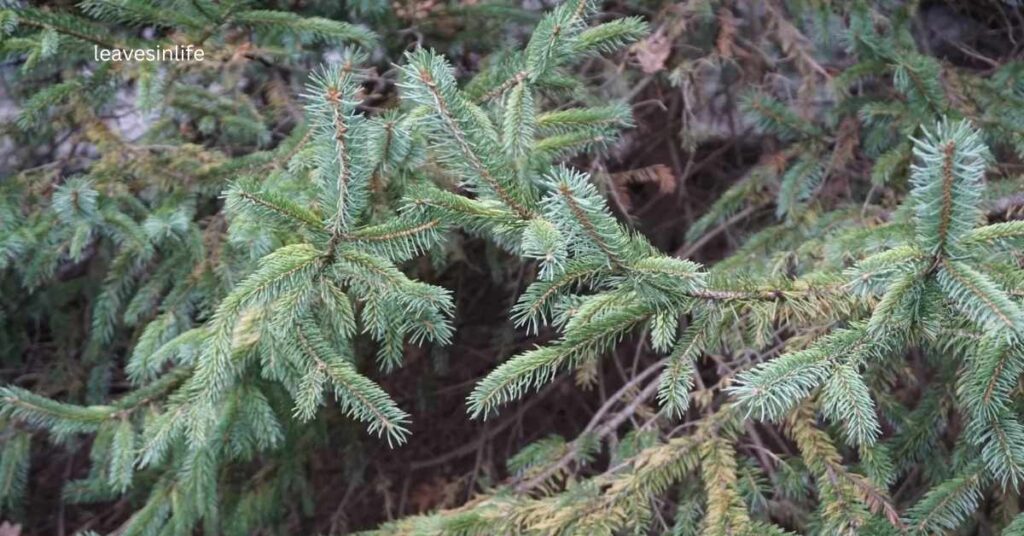
- When planting white spruce, it’s easy to overlook a few crucial details that can make all the difference in their growth and health, but proper white spruce planting ensures lasting success.
- One common mistake is overwatering while these trees appreciate moisture, too much can lead to root rot.
- Instead, aim for a well-draining soil and water only when the top inch feels dry. Planting in shade is another pitfall white spruce thrive in full sun, so be sure to choose a bright location to encourage robust growth and vibrant foliage.
- Another error to avoid is cutting the central leader during the early stages of growth.
- This can disrupt the natural shape and strength of the tree, leading to weak branching and an unbalanced appearance.
- Additionally, neglecting to space your seedlings adequately can result in overcrowding, stunting their growth as they compete for resources.
Conclusion – Making White Spruce Planting a Lasting Success
In conclusion, successfully planting white spruce in your garden can be a rewarding endeavor when you follow these five essential tips: choose the right location, prepare the soil properly, ensure adequate watering, provide proper spacing, and protect young trees from pests. With the right approach to white spruce planting, your garden will benefit from beauty, shade, and long-lasting growth.
By incorporating these practices, you not only enhance the health of your spruce but also contribute to the beauty and biodiversity of your outdoor space. Imagine the joy of watching your trees grow tall and strong over the years, offering shade and shelter for both wildlife and your family. So why not take the plunge and start planting white spruce in your own garden? Embrace this opportunity to create a lasting legacy of greenery that will be cherished for generations to come!





